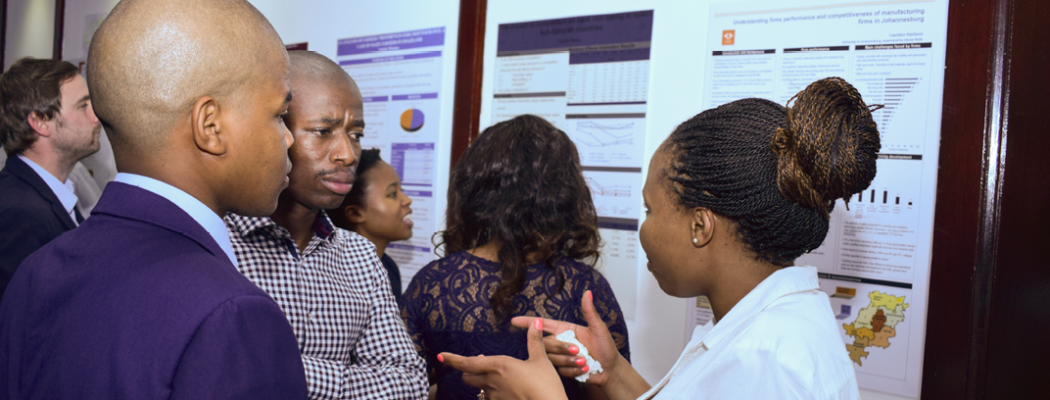Modelling value-added tax in South Africa: assessing the distributional impact of the recent increase in the VAT rate and options for redress
Abstract
Using SAMOD, a tax-benefit model for South Africa, the paper examines the joint distributional impacts of the increase in the VAT rate and increases in benefit amounts that took place in 2018. The results demonstrate that the combination of these two policies did not increase poverty and inequality; however, the poorest still saw a reduction in their purchasing power. As expected, this is due to the fact that many of those in the lowest decile do not receive any social benefits. The paper also explored the consequences of eliminating zero rating in the value-added tax and using the generated revenues to finance new social benefits which would also cover such households that do not currently receive any benefits. The simulation results suggest that a policy package of a uniform VAT and an expanded set of social benefits would lead to reduced poverty and inequality in comparison to the current practice of zero rating of some consumption goods in the VAT. These results demonstrate the superiority of using direct taxes and benefits as opposed to provisions in indirect taxes in achieving redistribution.





